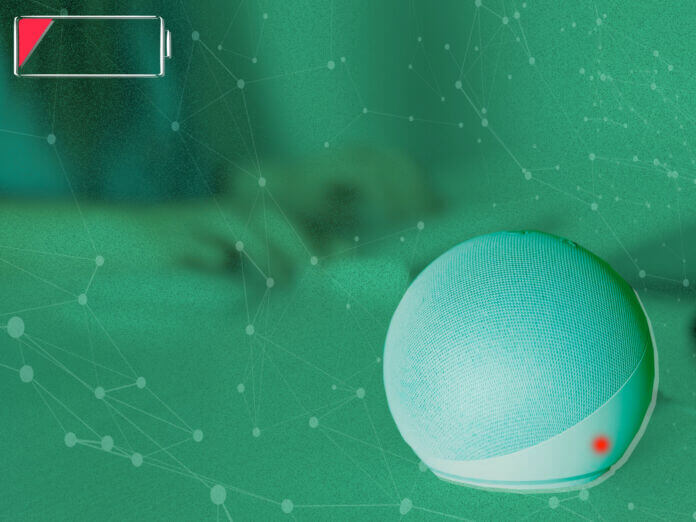
Qoitech – September 6, 2024
Collected at: https://www.iotforall.com/iot-energy-optimization-throughout-the-development-stack
In the winter of 2016, many Google Nest users woke up freezing. “The Nest Learning Thermostat is dead to me, literally,” wrote Nest user Nick Bilton in the New York Times.
In a single January night, Nest smart thermostats across the U.S. suffered rapid and sudden battery drainage. The culprit? An over-the-air (OTA) software update with unforeseen effects on energy usage.
No device is safe, it seems. From Nest Protect smoke alarms (which, in the first generation, tended to go off at 4 a.m.) to Samsung Galaxy devices to iPhones, software updates have a history of bleeding batteries dry at a moment’s notice.
The problem lies in a traditional approach to IoT product development that silos energy optimization at a single hardware engineer’s desk. The rise of OTA updates has made IoT energy optimization an ongoing task, and it must be spread throughout the entire stack, driven by a Low Power Mindset at every stage of development.
What exactly is a Low Power Mindset? And what can you do to apply this framework to your IoT product development cycle? Keep reading to find out.
Adopting the Low Power Mindset in IoT Product Development
The Low Power Mindset is a commitment to managing energy efficiency for the lifespan of your IoT device. It assigns responsibility for power usage to every team involved in development.
Yes, that can increase complexity and time-to-market. And yes, it’s worth the expense. A Low Power Mindset might even be essential to long-term success as an IoT producer.
In practice, the Low Power Mindset requires continual testing, optimization, and, when necessary, replacement of one plan, component, or protocol with another. Crucially, this testing and iteration must occur in every department, from hardware engineering through connectivity management.
How to Optimize Energy Across the IoT Development Stack
Energy optimization involves every component of your IoT product. That includes:
- Hardware. Form factor, sensors, modules, CPUs, memory units; all have an effect on how your device will use energy. From the very first prototype, refrain from committing to hardware design until you know how each component contributes to battery life in all of your target use cases. Start power profiling the device as soon as the first prototype sees the light.
- Batteries. Evaluate battery options by running detailed battery profile analyses. Don’t rely exclusively on the battery’s datasheet; you need to know how batteries perform under accelerated discharge, shortened cycle times, and sleep modes. Only comprehensive testing can predict how batteries might work post-deployment.
- Firmware. Test energy usage every time you make a change to the firmware. During the initial design phase that requires energy consumption tests following each iteration. Luckily, you can automate much of this testing with simple equipment like a Raspberry Pi and a power analyzer with an automation toolkit.
- Software. Build energy analysis into your software quality control procedures. Again, with the right power analysis tools, you can integrate the power consumption metric into your continuous integration easily. You can also automate many of these tasks.
- Connectivity Protocols. Communication protocols each have their own required qualities of service (QoS), as well as different transmission overheads. Factor power efficiency into your choice of protocol in the first place, and revisit the question as you develop multi-protocol versions of your product.
- Updates. Here’s where first-generation IoT developers so often failed their customers: power analysis must remain part of your product support for the entire lifecycle of the device! That requires power testing as part of all update quality control projects.
Implementing the Lower Power Mindset
If you’re testing for power optimization in each of these departments, you can be reasonably certain you won’t encounter an unhappy surprise like the 2016 Nest update. But how can you enact the Low Power Mindset without grinding your development process to a halt?
The answer is to give your team the right equipment. Energy optimization devices, battery profiling software, and battery emulation tools make power testing into a seamless part of your development pipeline. With the right testing solution, you can even automate these tasks across the stack.
Nearly a decade after Google Nest left thermostat users out in the cold, your customers expect better. Deliver on their expectations with a Low Power Mindset—and continuous testing for energy optimization from the lab to the field.

Leave a Reply